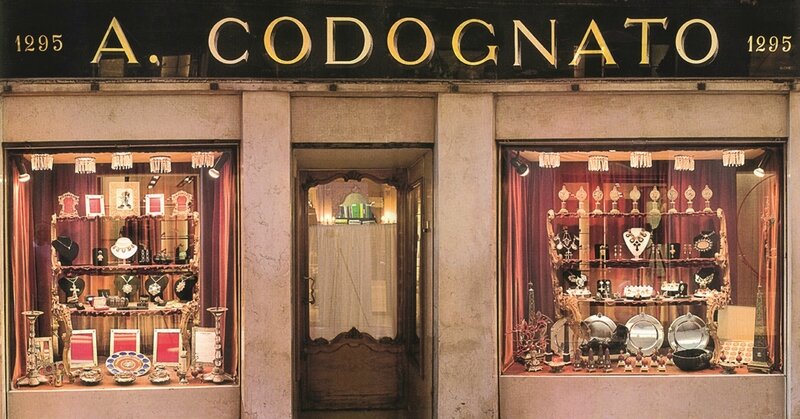Benedetto da Rovezzano, Saint John the Baptist, c. 1505, terracotta, 19 2/3 x 15 3/4 x 9 7/8 in. (50 x 40 x 25 cm).
MINNEAPOLIS, MN.- The Trustees of the Minneapolis Institute of Arts approved yesterday evening the acquisition of a rare Renaissance bust of St. John the Baptist created by renowned Italian sculptor Benedetto da Rovezzano (1474-1554). The terracotta bust is also notable as one of the works bought by the Nazis for Hitler’s never-realized Führermuseum, a massive museum complex for the display of the most important masterpieces in the Western art historical canon.
“Benedetto da Rovezzano was one of the most important sculptors of the high Renaissance and through his commissions from across Europe played an important role in spreading the visual language of the Italian Renaissance beyond the Alps,” said Eike Schmidt, James Ford Bell Curator of Decorative Arts and Sculpture. “St. John the Baptist, which was made in Florence during the very time when Leonardo, Michelangelo and Raphael worked there side by side, is the earliest Renaissance sculpture in our collection. The Rovezzano bust with its lively modeled hair and its detailed, innocent physiognomy, exemplifies the Renaissance ideal of youthful beauty.”
The bust is well known to specialists of Renaissance art— since it served as the starting point and opening image of Wilhelm von Bode’s classic essay on the so-called Master of the Saint John Figures. This anonymous master was first conclusively identified with Benedetto da Rovezzano in 1996 by Francesco Caglioti, professor of art history at the University Federico II in Naples, Italy, who is presently preparing a monographic study of the artist. In congratulating the Minneapolis Institute of Arts to its purchase, Caglioti stated: "The acquisition of the Saint John brings a very significant example by one of the great masters of the Florentine Renaissance to the United States."
This is a rare bust by da Rovezzano, who is better known for his commissions to create the tomb of Louis XII’s ancestors, Louis d’Orléans and Valentina Visconti; Cardinal Wolsey’s tomb for Windsor Castle, which was later re-employed as Lord Nelson’s tomb in Saint Paul’s Cathedral, London; the tomb of San Giovanni Gualberto, founder of the Vallombrosan order; and the larger-than-life statue of Saint John the Evangelist in Florence Cathedral. The bust is also notable for depicting St. John the Baptist as a young boy, one of the last Renaissance examples of the saint depicted at this stage in his life.
“This terracotta sculpture by Benedetto da Rovezzano helps the museum tell the remarkable story of the Florentine Renaissance,” said Kaywin Feldman, Director and President of the Minneapolis Institute of Arts. “We discovered this masterpiece in March while attending The European Fine Art Fair in Maastricht, the Netherlands, and I am thrilled to have this ravishing Renaissance sculpture of St. John the Baptist join the collection of the MIA.”
St. John the Baptist enters the MIA’s collection on the 68th anniversary of V-E Day, or Victory in Europe Day. The date is fitting for a sculpture rescued from near-destruction thanks to heroic efforts by the Monuments Men of the U.S. Army during World War II, who were charged with preserving Europe’s cultural patrimony. During WWII, the bust was bought from Anna Theresia Willi Lanz by Hitler’s special representative Hans Posse, who traveled across Europe seizing art from Jewish collectors and compelling the sale of art from non-Jews. The bust was ultimately hidden in a cache of Nazi-looted masterpieces intended for the Führermuseum—more than 6,000 priceless objects, including works by da Vinci, Vermeer, and Michelangelo—in the Altaussee salt mines in Austria, one of several Nazi storage sites. When Hitler’s second-in-command August Eigruber realized the Axis powers would lose the war, he ordered the mine destroyed. The mine director, the mine foreman, and the miners—whose families had earned their livelihoods from the mines for generations—created an elaborate plan to save the mines and the precious art inside. They removed inactivated Nazi bombs and set off their own carefully controlled explosions that sealed 137 tunnels in the mine, rendering the salt and the art protected yet inaccessible. The Rovezzano bust was saved and, ultimately, returned to the Netherlands.
The bust will go on display in the MIA’s permanent galleries, where it will join two other notable Renaissance busts by Agostino Zoppo (c. 1520–72) and Giovanni Battista Caccini (1556–1613).
PROVENANCE
By 1901, the bust of St. John the Baptist was in the personal collection of the Marchesa Serafini of Florence. By 1923, it had entered the collection of coffee merchant and art collector Michiel Onnes van Nijenrode of Groningen, Netherlands. In 1923, the bust was sold at auction to Dr. Otto Lanz of Amsterdam, a connoisseur and collector of Italian Renaissance art. Upon his death in 1935, his widow Anna Theresia Willi Lanz of Amsterdam and Lugano, Switzerland, inherited his collection.
In 1941, the bust and the rest of the Lanz collection were sold to Hitler for 2 million Swiss francs. The bust was not seen again until 1945, when Allied forces recovered art bought and stolen by the Nazis. In 1946, the Lanz Collection was repatriated to the Netherlands Art Property Foundation in Amsterdam. In 1951, the foundation sold the Lanz Collection at auction and the Rovezzano bust was bought by Lanz’s son Georg G. Lanz of Rennaz, Switzerland. In the 1970s and 1980s, the bust was held in a number of private collections in Switzerland and in France. Last year French dealer Guy Ladrière showed it publicly in his gallery, where it was bought by London dealer Sam Fogg. The Minneapolis Institute of Arts reserved the sculpture during the preview of the TEFAF art fair in Maastricht on March 14, 2013.
















